College of the Redwoods is a California public two-year institution serving nearly 4,000 students. The college is known for its impressively beautiful campus, small class sizes and affordability, and a rich offering of Associate of Arts and Associate of Science Degrees as well as a wide variety of career technical certificates for vocational and professional development. The college has articulation agreements with major four-year universities and is dedicated to serving all its students. What I found most impressive about College of the Redwoods is its beautiful campus and the integration of the physical beauty and resources of the campus and the tribal partnerships they have developed to support Native American student success and enrich the college’s Native American language programs.

Nestled in the heart of Humboldt County, College of the Redwoods’ (CR) Eureka campus is an ecological treasure, with 270 acres of diverse ecosystems, including ponds, wetlands, riparian zones, and forests populated with a rich variety of fauna and flora. In the wake of the pandemic, a small group of faculty, staff, and students started an informal conversation about how these features not only made CR unique in the California Community College system, but also presented an untapped opportunity because these resources had been underappreciated and the educational value of the physical place had never been fully recognized. These conversations helped shape a new idea and the Outdoor Campus Collaborative (OCC) was born.
The OCC’s vision extends beyond traditional classroom boundaries, aiming to redefine the role of CR’s outdoor spaces in fostering comprehensive educational experiences. The approach stems from a concept educators have known for some time – project and place-based learning, rooted in the local environment, can be more engaging, relevant, and impactful. Through initiatives like trail building, pond restoration, and forestry projects, students apply theoretical knowledge in real-world settings, promoting hands-on learning and community involvement.
The vision for the OCC is also cross-disciplinary. The outdoor “classrooms” are not just valuable tools for the earth and life sciences. CR’s athletics, art, philosophy, and English programs have also taken advantage of the expanded trail system and open spaces. This has inspired faculty across many disciplines to create innovative course projects that leverage CR’s natural setting.
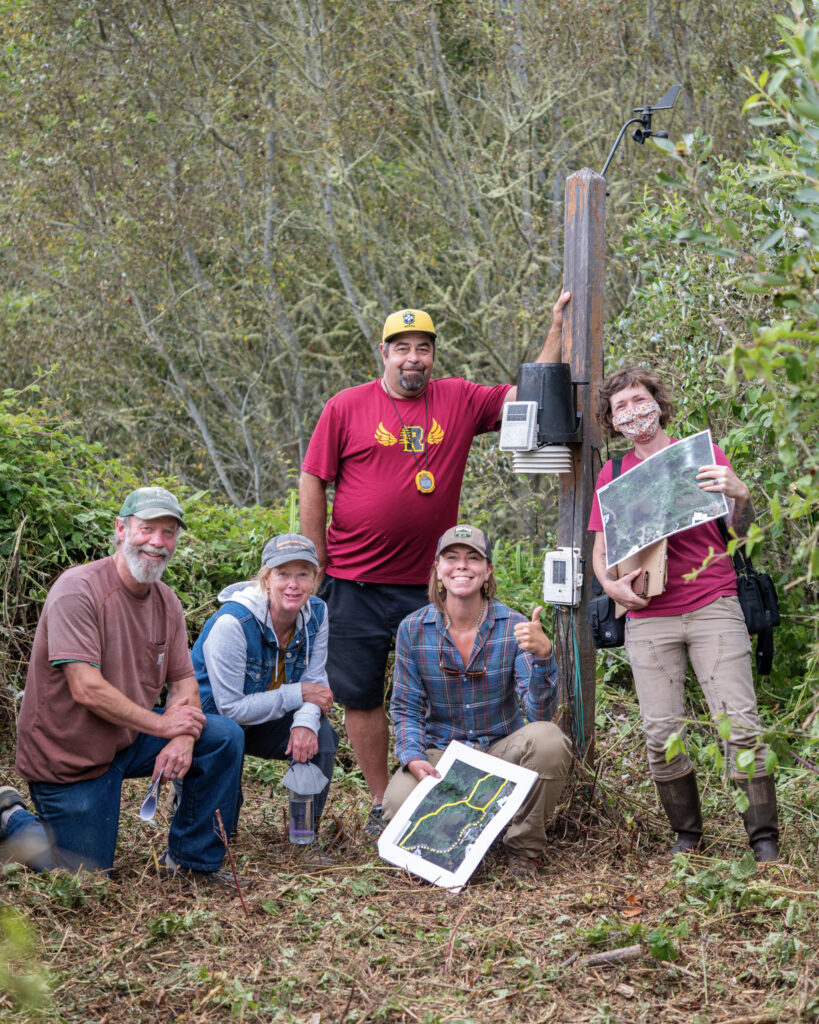
OCC Faculty Members
Outdoor Campus Collaborative Walking Tour for Fall 2022 Convocation. Tour Guides: Cross Country Coach Reed Elmore, Lead Gardener Sean Patton, Associate Faculty Dennis Houghton, and Faculty Maria Morrow, Karen Reiss and Valerie Elder. August 20, 2022.

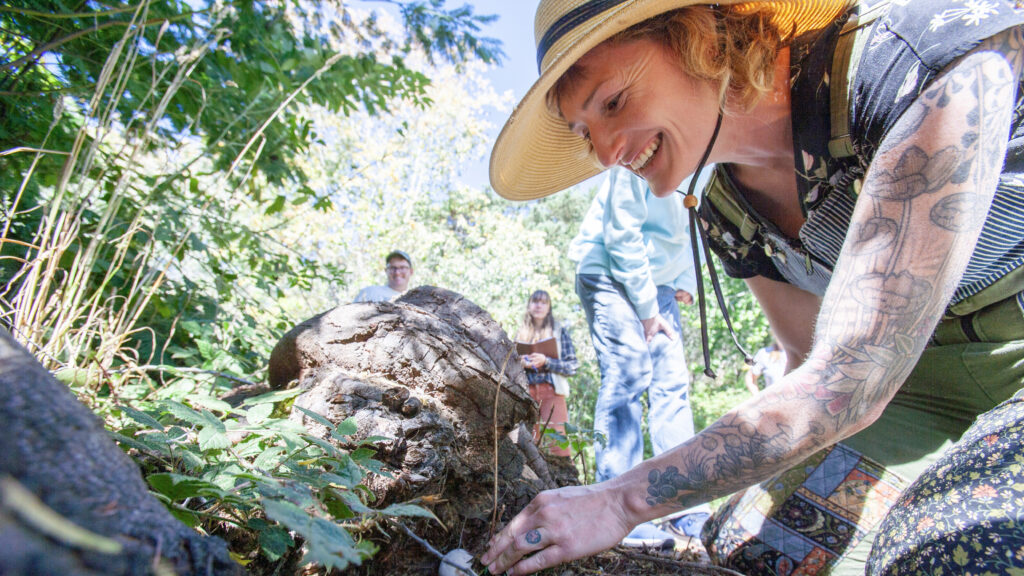
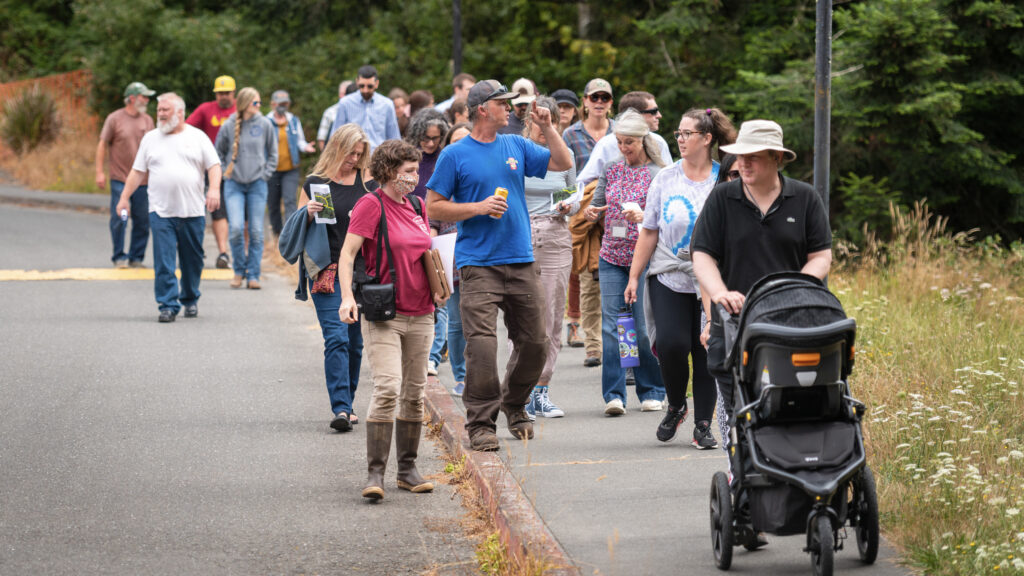
Parallel to the OCC, CR has always prioritized relationships with its tribal partners. This commitment is illustrated through the establishment of the Klamath-Trinity Instructional Site (KTIS) over two decades ago. Located on the Hoopa Indian Reservation about 60 miles from Eureka, the KT site was built in partnership with the Hoopa Career and Technical Education Program to address the geographical and logistical challenges that have historically limited access to higher education for tribal residents.
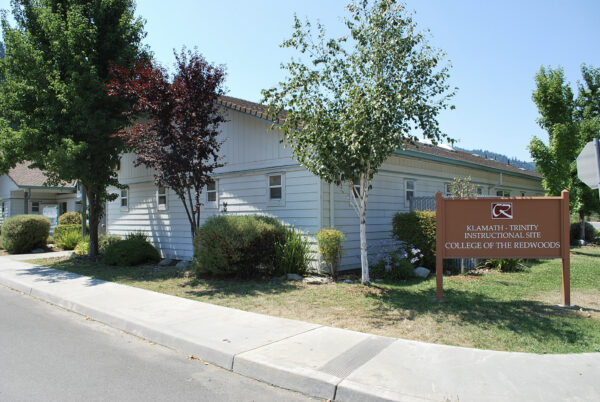
CR also now has courses in two Native American languages, Yurok and Hupa, and a third, the Wiyot Nation’s language, Soulatluk, is being prepared for inclusion on the schedule as early as spring 2025. The college also plans to add at least two additional languages in the next couple of years. As CR continues to add courses in indigenous languages, discussions with area Tribes and educators will begin regarding coordination of Native American language instruction and how the college might help to continue the proliferation of Native language instruction throughout the communities CR serves.
CR has also recently launched its Native American Student Success and Support Program (NASSSP). Established and funded by Assembly Bill 183, the program’s goals are “strengthening K-12 pathways to and through the California Community Colleges for Native American students, ensuring the educational success of Native American students, and developing Native American leaders.” Additionally, CR’s engagement with local tribal communities has led to several memoranda of understanding (MOUs) with local tribes, aiming to provide accessible, culturally relevant education and workforce training programs.
Right now, the OCC and Native American programs do their work independently, but CR sees a great opportunity to bring them together to create a culturally enriched educational environment. The college envisions it as a dynamic space for a deep-dive into Native American cultures, histories, and the wisdom of traditional ecological knowledge and reflects the indigenous heritage that’s so integral to the region.
College of the Redwoods finds itself in an exciting moment, with the potential to lead in the creation of an innovative educational model that bridges traditional academic programs with indigenous knowledge and environmental stewardship. The complete integration of the OCC with Native American programs and services opens the door to a new approach to education—one that prepares students for a future where understanding and respect for the natural world and cultural diversity are fundamental.
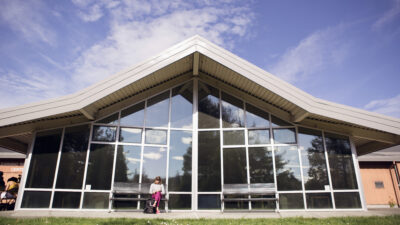


To learn more about College of the Redwoods, visit their website at https://www.redwoods.edu/.





